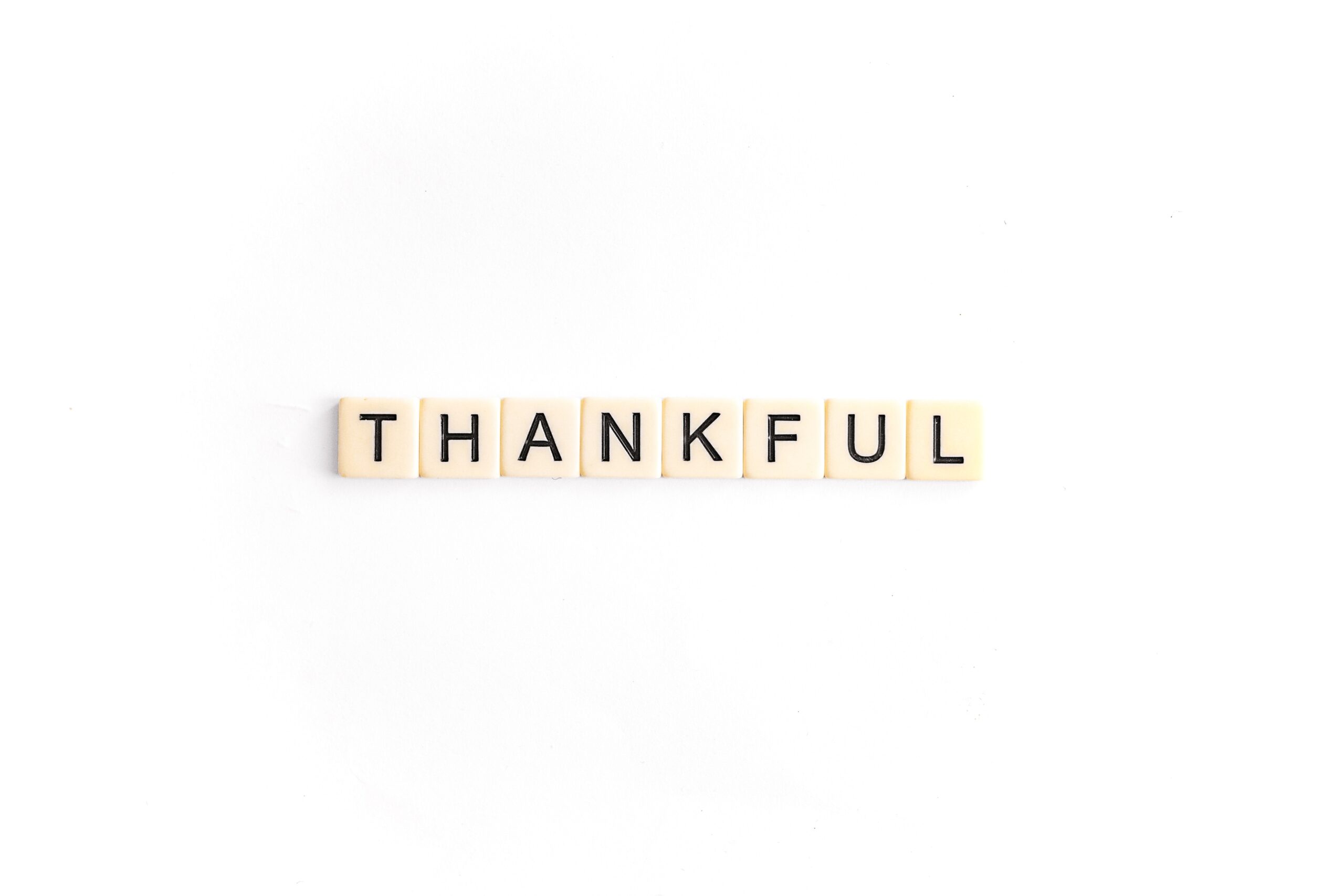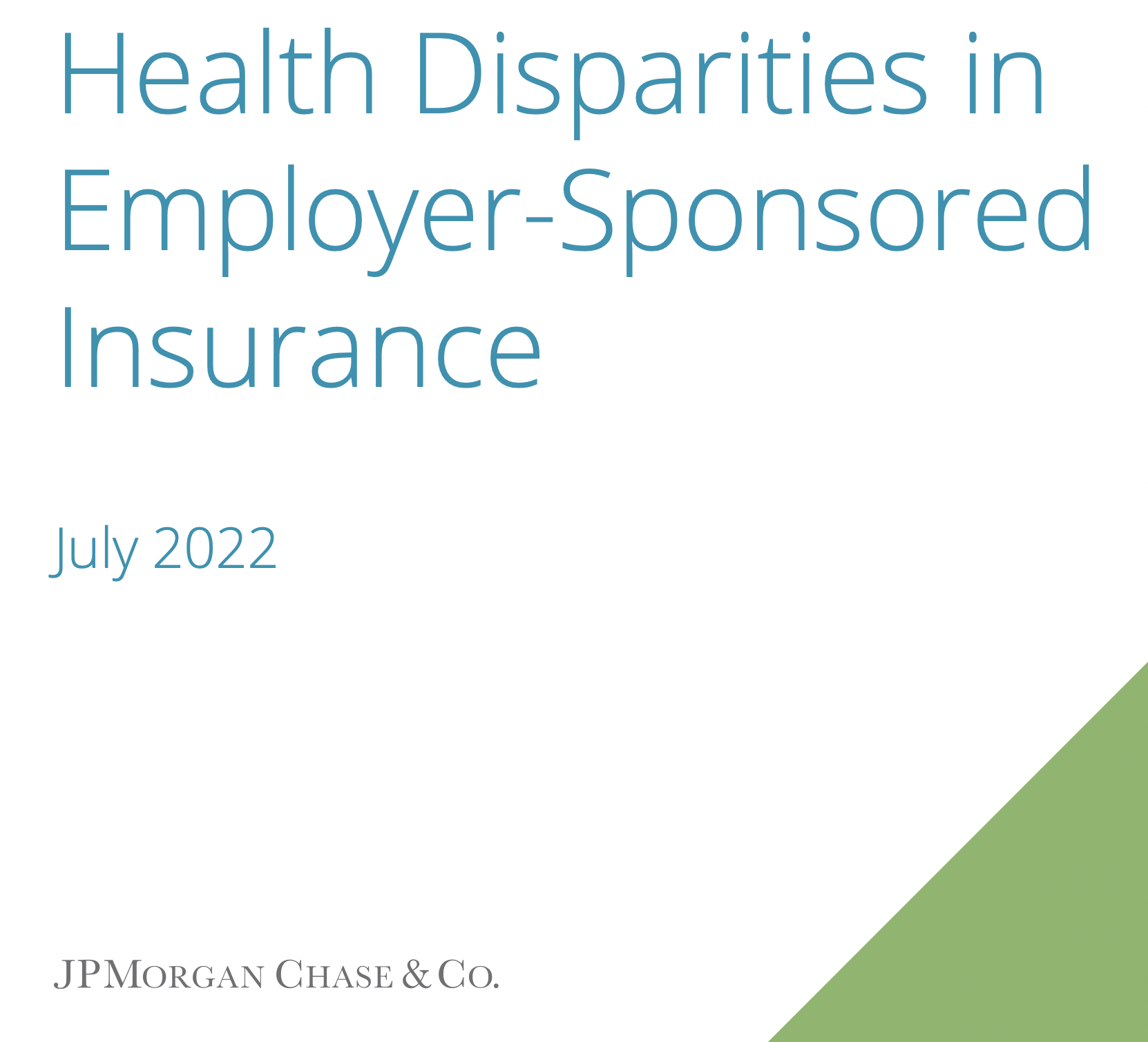
The No Surprises Act: It’s Impact to Date and the Hurdles it Faces
Imagine recently having a medical procedure and you’re on the road to recovery. You’re beginning to feel well, planning to go back to work, and out of the blue, receive

Imagine recently having a medical procedure and you’re on the road to recovery. You’re beginning to feel well, planning to go back to work, and out of the blue, receive

Before the pandemic, the use of telemedicine was steadily increasing as a care modality, but still faced regulatory, payment, and logistical challenges that hindered its widespread adoption. But when the world shut

Job postings and new C-Suite openings for chief health equity officers (CHEOs) have become more and more common over the last few years. The American Medical Association announced the hiring

In 2020, CPR started its work with the NY Health Foundation (NYHealth) to track the state’s progress toward creating an environment that empowers consumers, while shining a light on areas

32BJ Health Fund | New York’s pricey hospitals draw pushback from labor Aon | U.S. Employers Eye Provider Networks Amid Looming Medical Cost Pressures, Aon Reports CalPERS | CA VBID Program Boosted Primary

Like any 501c3 nonprofit (and many organizations for that matter), CPR must remain nimble. We recently setup the capability to accept tax-deductible contributions to fund our important work. You can also get involved with CPR. For example, you can become a member, participate in our enterprise subscription program, collaborate with us on research or thought leadership. Know that regardless of how you contribute, your support is going to a small, but mighty organization tackling health care’s biggest challenges on behalf of employer-purchasers.

At CPR, we have a saying: if you don’t have a REF, you can’t trust the scoreboard. That’s why CPR created “Reform Evaluation Frameworks,” or – affectionately – REFs.
REFs are program evaluation tools that compel plan administrators and point solution vendors to use a standardized methodology and standardized set of performance indicators to measure cost savings, clinical quality and utilization.

Granted, most HPUG meetings veer more toward “engaged conversation” than “heated debate” but this is how CPR moves the Overton Window. CPR members don’t just ask health plans for updates on how many dollars they’ve dedicated to their bundled payment program: we push them to respond to tough questions in new territory like data sharing, health equity and their post-COVID payment reform strategies. We make them all take the same test through our program evaluation tools so they can’t cherry-pick statistics or hide behind shiny marketing materials. And because CPR members set the agenda for the HPUG meetings, the discussions focus on what matters most to you, purchasers, and what keeps you up at night. It’s OK if the health plans squirm a little; it’s what helps them grow.

on is a massive wave fueled by provider consolidation, increased expenses, and pent-up demand for services (resulting in higher utilization), and it appears ready to break over the industry, bringing with it higher health care prices and [even more] unfavorable market dynamics for employer-purchasers and health plans. Against this wall of provider market power, purchasers may feel powerless with no way to protect themselves but there are both preventive actions and countermeasures they can take to mitigate the impact.

younger daughter Dylan was three, she emphatically declared that she hated swimming lessons. Unfortunately for her, she has a mother (me) who believes with equal conviction that learning to swim is a safety issue and therefore non-negotiable. Thus, Dylan and I were at an impasse, except that one of us (me) believed that she could convince the other (Dylan) to relent through a combination of authority and influence (and also bribery). One afternoon at our local pool, I found myself pleading, cajoling, promising sweets and screen time (and threatening their removal), if Dylan would just allow me to help her into her bathing suit. “You don’t even have to go in the water!” I lied. Dylan didn’t buy it and was expressing her mistrust in a 9-alarm screaming toddler melt-down. It was at that moment that another woman – likely old enough to have grown children of her own – paused and offered the following counsel: whatever you’re trying to do, she said, it isn’t working.

As an independent, nonprofit organization with the mission to catalyze employers, public purchasers and others to implement strategies that produce higher value health care and improve the functioning of the health care marketplace, we pride ourselves on our being forward thinking and agile. So, it’s no surprise that we make a list of New Year’s resolutions every year. This year, we share it with you.

n the one dozen years since CPR began, we have tackled a number of big issues in health care, pushing for effective payment reform, helping to launch the price transparency movement, and sounding the alarm on growing provider market power, among others.

CPR is thankful for all the top health care minds who have taken time out of their busy schedules to join us on our Podcast, Listening In (With Permission). CPR surpassed 100 episodes this year and we are not slowing down. Please take the time to listen to our top 5 most listened to episodes of 2022 (so far).

The pandemic stimulated significant uncertainty about the future of payment reform. After all, payment reform is a disruptive strategy, requiring providers to modify practice patterns and payers to negotiate measures of performance by which providers are held accountable for care quality. The early days of the pandemic were a time during which pushing payers and providers on payment reform could have been viewed as being out of touch with the magnitude of the situation. The pandemic created a pause and stimulated leaders to rethink the potential of payment reform. For example, we pondered whether hybrid capitation/fee-for-service would gain momentum as a means for primary care providers to receive guaranteed revenue. And we continue to ponder it, because frankly, our $4+ trillion health care system doesn’t turn on a dime. CPR has been and remains in the

As 2020 came to an end and the call to address equity in all facets of society, health care included, was at a ground swell, the Robert Wood Johnson Foundation

New Morgan Health-NORC analysis reveals important insights about the largest source of health insurance coverage in the U.S. — employer-sponsored insurance. The study is a snapshot of health outcomes and

32BJ Health Fund | 32BJ Health Fund releases report and analysis on hospital prices Aon | Aon tool quantifies impact of social determinants of health Arizona Health Care Cost Containment

In full disclosure, at the moment, I (thankfully) do not need knee surgery. But I might easily need it someday. I run a lot, my neighborhood is very hilly, and

At the risk of appearing tone deaf, we think it’s time for employers and other health care purchasers to give high-performance network plans a serious look. Yes, we realize employers

If you go to any job search site and look at open positions for a Director of Benefits, you’ll likely see common themes: the ideal candidate will develop and implement